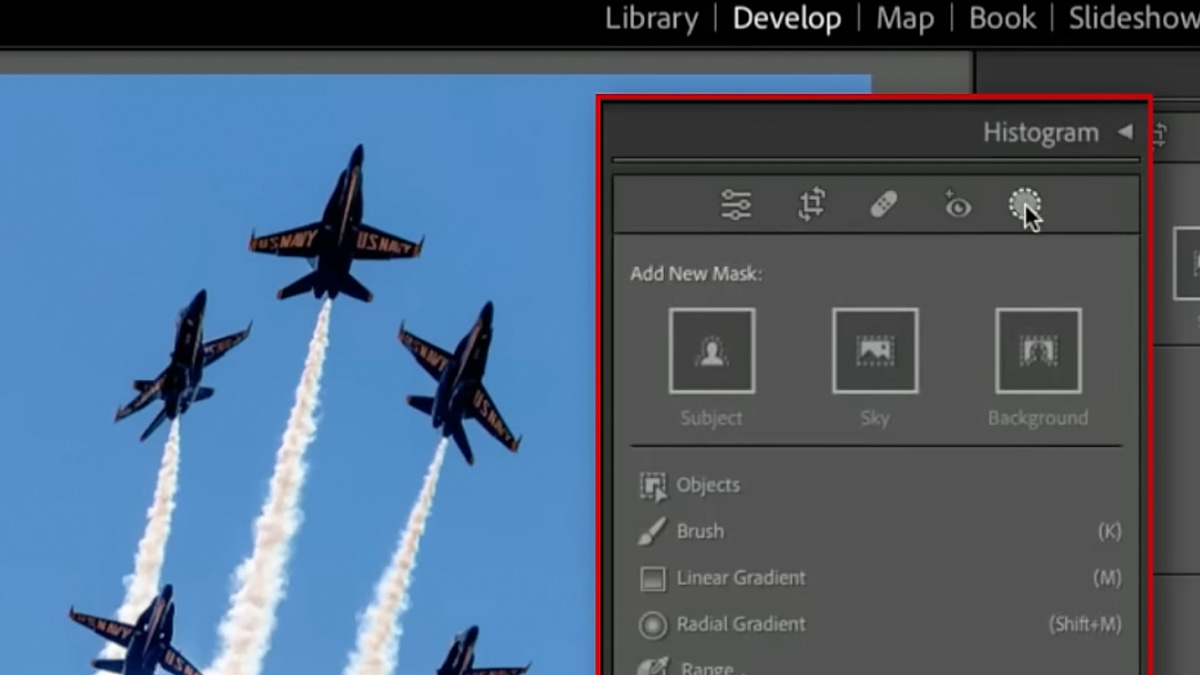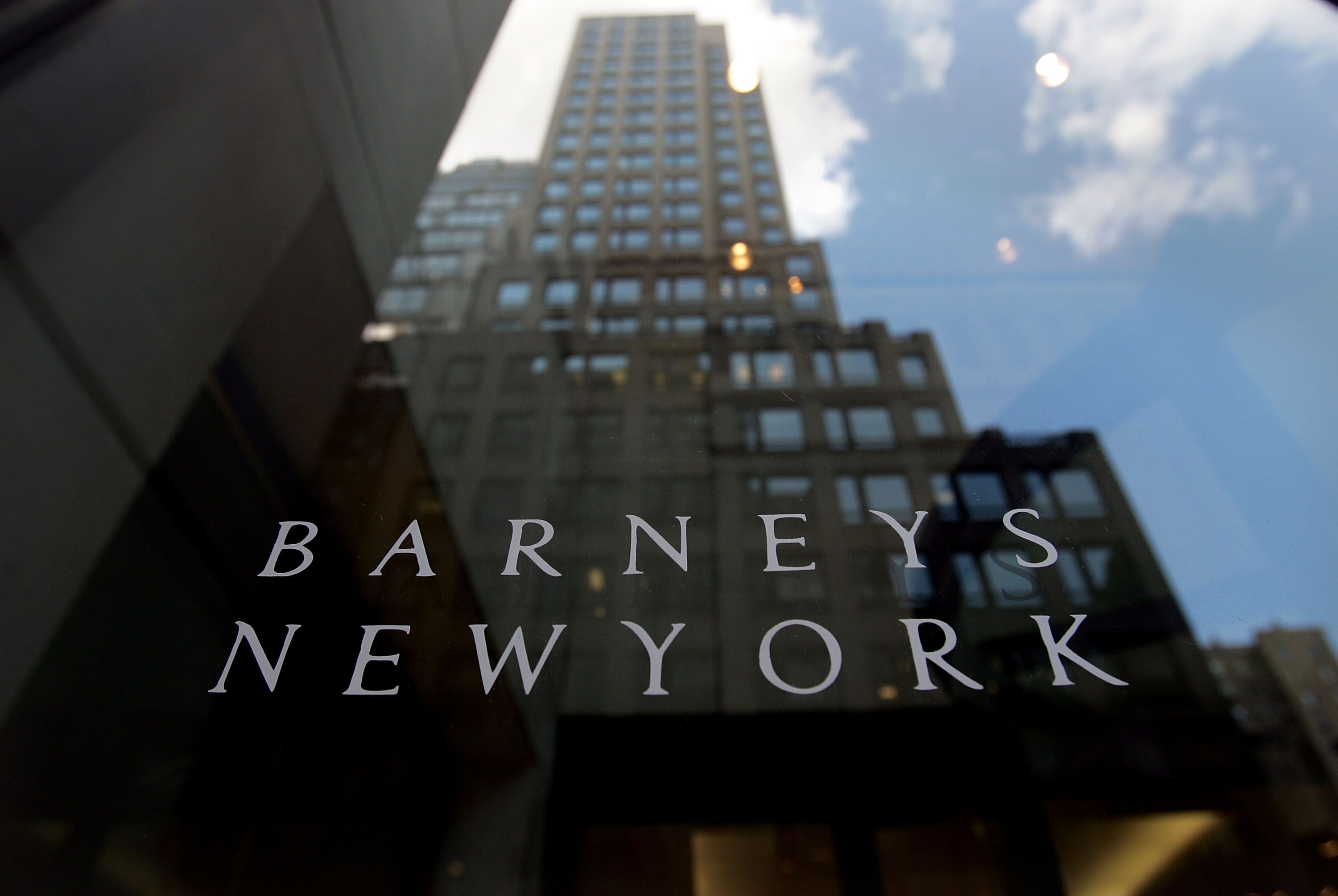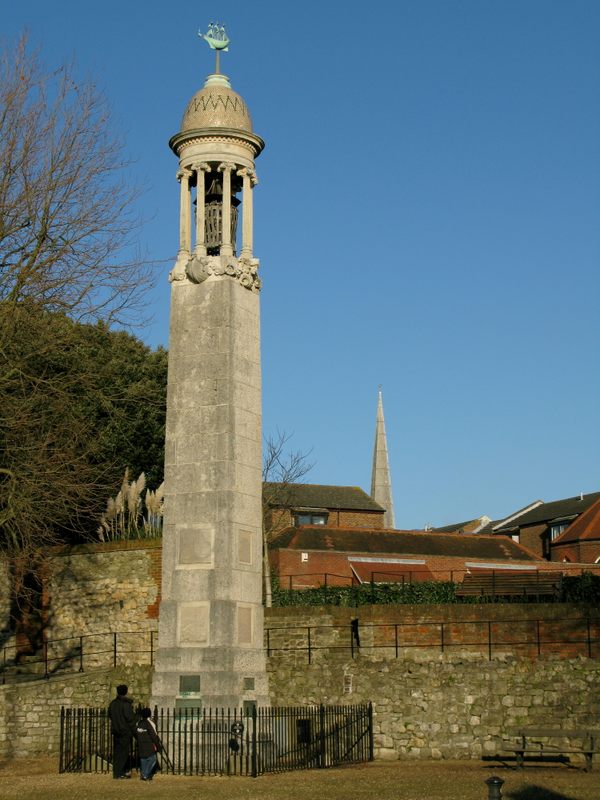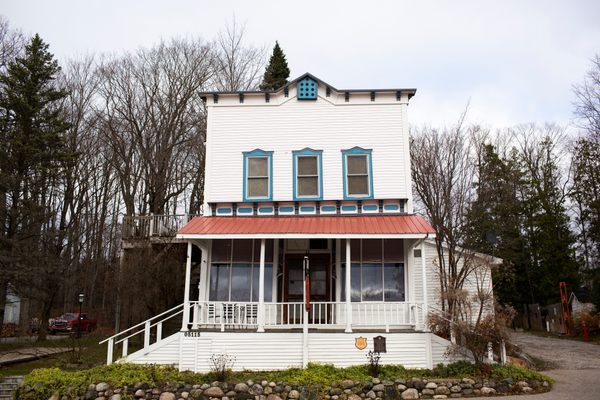Chatley Heath Semaphore Tower in Cobham, England
This 60-foot tower was built in the wake of the Battle of Waterloo, a time when the threat of foreign invasion loomed large in Britain. As naval strategies evolved, so too did their methods of communication. In 1800, Sir Home Riggs Popham revolutionized signalling with a flag system for individual letters, and later designed a signalling system employing wooden arms for ship-to-ship communication. Just eleven days after the Battle of Waterloo, a land-based network of innovative signal systems were established using Popham’s design. This distinctive octagonal tower, the only five-story semaphore structure on the semaphore route between Portsmouth and London, played an essential role in ensuring visibility across seven miles to neighboring stations. It transmitted messages swiftly between the Docks and Admiralty House, delivering urgent orders and critical reports on friend and foe alike. For over two crucial decades, from 1822 to 1847, this vital line was the artery of naval communication. However, by 1847, the arrival of railways and the electric telegraph led to the decommissioning of semaphore lines. Chatley Heath's semaphore tower is now all that remains of this once-crucial network. Complete with a functioning semaphore mast that once relayed the high-stakes communications of the Royal Navy, the tower now stands not only as a historical landmark but also a holiday retreat, housing up to four people.


This 60-foot tower was built in the wake of the Battle of Waterloo, a time when the threat of foreign invasion loomed large in Britain. As naval strategies evolved, so too did their methods of communication. In 1800, Sir Home Riggs Popham revolutionized signalling with a flag system for individual letters, and later designed a signalling system employing wooden arms for ship-to-ship communication. Just eleven days after the Battle of Waterloo, a land-based network of innovative signal systems were established using Popham’s design.
This distinctive octagonal tower, the only five-story semaphore structure on the semaphore route between Portsmouth and London, played an essential role in ensuring visibility across seven miles to neighboring stations. It transmitted messages swiftly between the Docks and Admiralty House, delivering urgent orders and critical reports on friend and foe alike. For over two crucial decades, from 1822 to 1847, this vital line was the artery of naval communication.
However, by 1847, the arrival of railways and the electric telegraph led to the decommissioning of semaphore lines. Chatley Heath's semaphore tower is now all that remains of this once-crucial network. Complete with a functioning semaphore mast that once relayed the high-stakes communications of the Royal Navy, the tower now stands not only as a historical landmark but also a holiday retreat, housing up to four people.

































































































































































































































































